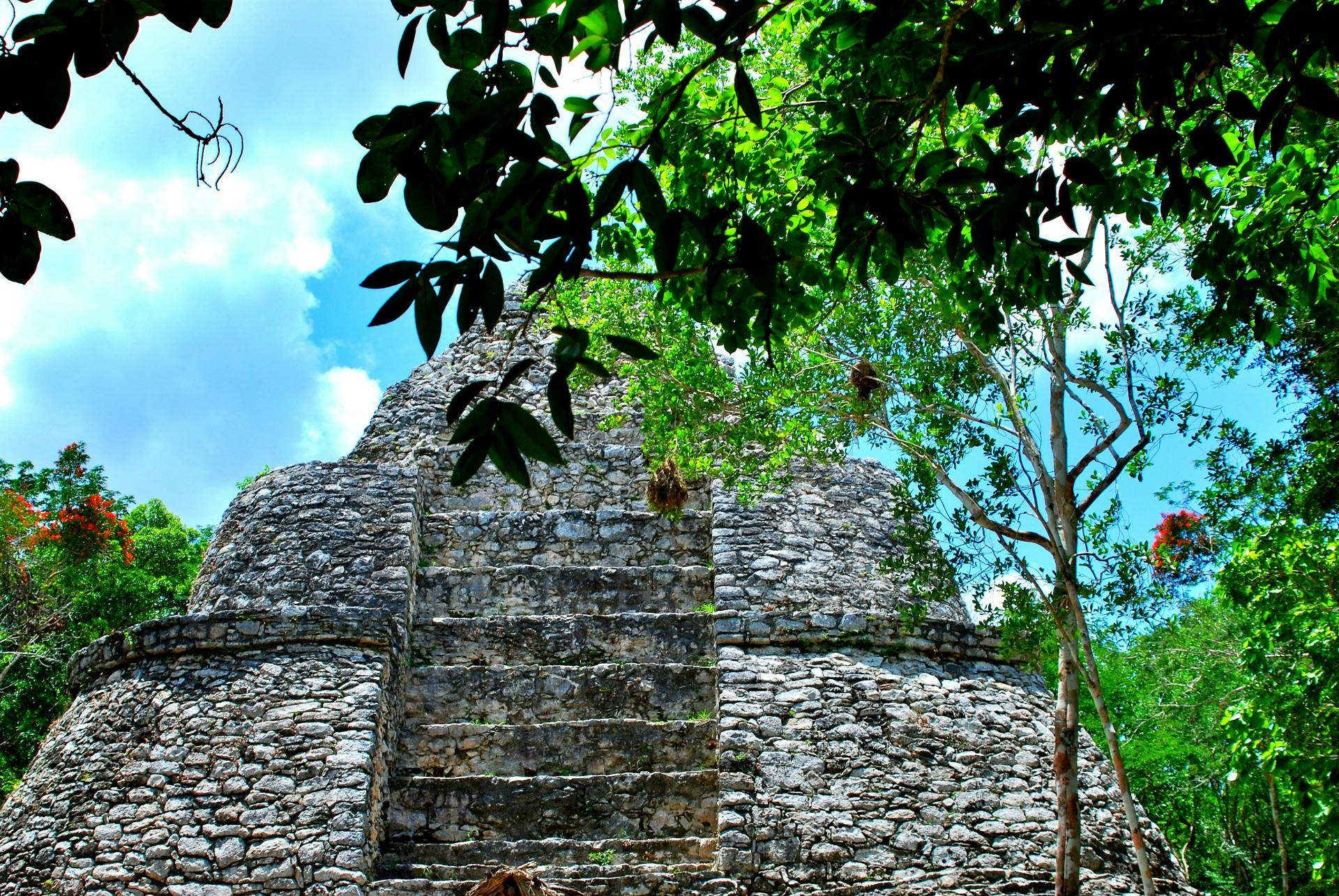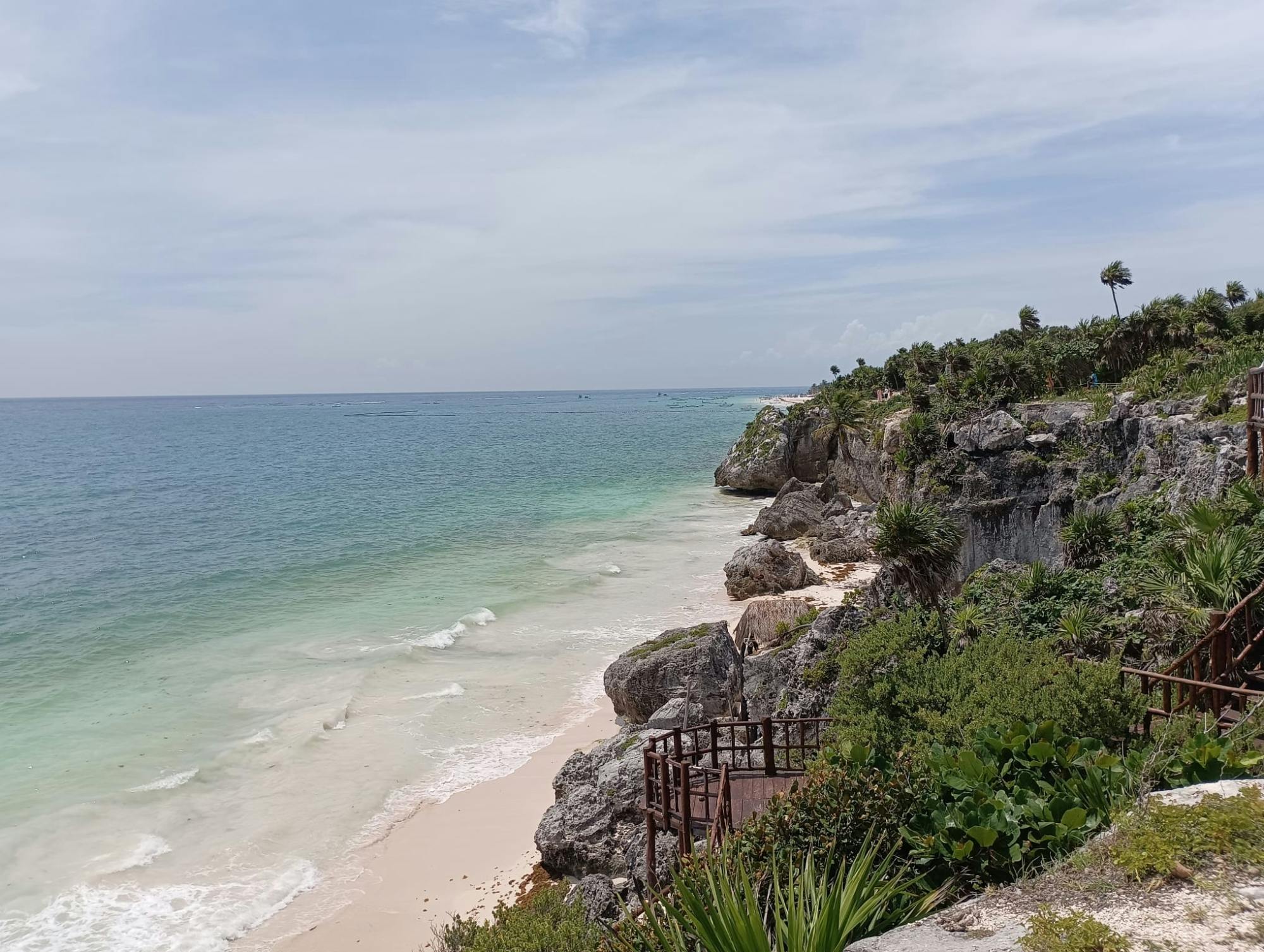The ancient Mayan civilization was a pre-Columbian civilization that thrived in the region that is now present-day Mexico, Guatemala, Belize, Honduras, and El Salvador. The Mayans are known for their impressive achievements in astronomy, mathematics, writing, art, and architecture.
The Mayan civilization is believed to have emerged around 2000 BCE, and it reached its peak between 250 and 900 CE. During this time, the Mayans built great cities, such as Tikal, Palenque, and Chichen Itza, and they developed a complex system of government, religion, and trade.
The Mayans were skilled astronomers, and they were able to accurately predict celestial events such as eclipses. They also developed a sophisticated system of mathematics, including the concept of zero, which was not yet known to the ancient Greeks or Romans.
The Mayans are also known for their intricate and colorful art, which was expressed in various forms such as pottery, sculpture, and textiles. Their architecture was characterized by towering pyramids, palaces, and temples, many of which still stand today.
The Mayans believed in a complex system of gods and goddesses, and they practiced elaborate rituals and ceremonies to honor them. They also developed a system of writing known as hieroglyphics, which was used to record important events and keep track of the calendar.
The decline of the Mayan civilization is still a matter of debate among scholars, but it is believed to have been caused by a combination of factors, including overpopulation, environmental degradation, warfare, and drought. Today, the Mayan people still exist in the same regions where their ancient civilization once thrived, and their cultural heritage continues to inspire and fascinate people around the world




